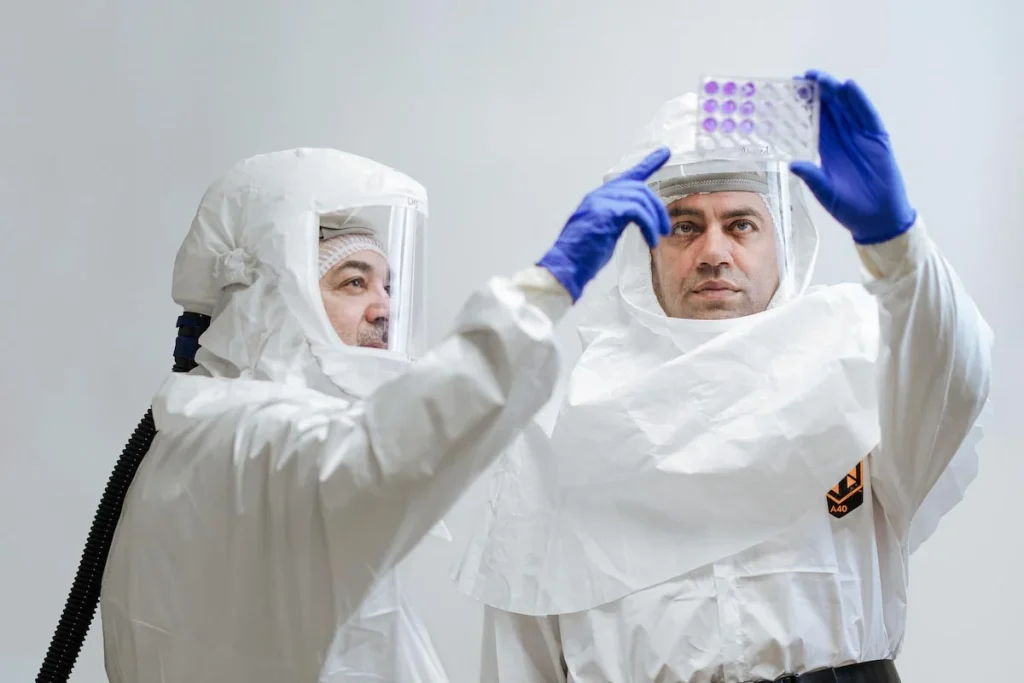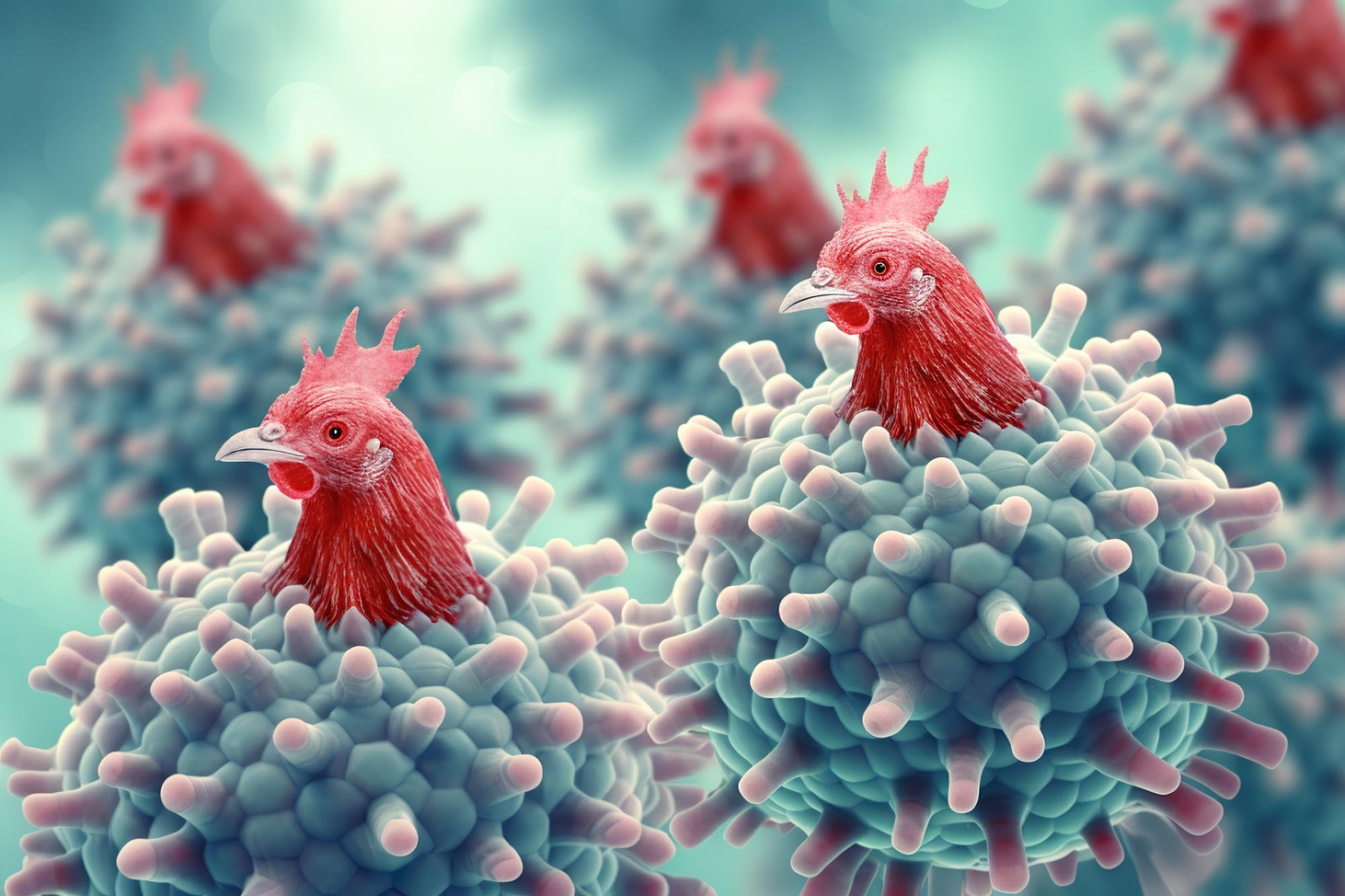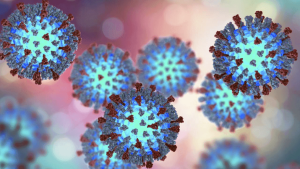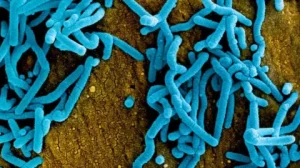United States: Scholars at the Texas Biomedical Research Institute (Texas Biomed) have uncovered a strain of avian influenza derived from a human case in Texas, exhibiting a unique constellation of mutations. These alterations enhance its replication efficiency in human cells and amplify its pathogenicity in murine models. The strain was juxtaposed with one identified in dairy cattle, and the findings have been published in Emerging Microbes & Infections.
This discovery casts a spotlight on the alarming propensity of H5N1 bird flu strains circulating within the United States to mutate rapidly when introduced to novel host species, according to scitechdaily.com.
Cross-Species Adaptability of H5N1
Traditionally endemic among wild avifauna and catastrophic to poultry, the H5N1 virus has recently expanded its reach to a diverse array of mammalian hosts. Notably, during the spring of 2024, it infiltrated dairy cattle populations for the first time.
🦠 Bird Flu and Humans: What You Need to Know
— Health Panorama (@health_panorama) January 20, 2025
The first recorded U.S. death from the H5N1 bird flu raises important questions about its implications for human health and pandemic preparedness.
In our latest article on Health Panorama, we explore:
🔬 The science behind the H5N1… pic.twitter.com/vmH8EPIUqO
By early 2025, the virus had permeated bovine herds across multiple states, afflicting dozens of individuals, predominantly agricultural laborers. Human cases have largely manifested as mild illness or ocular inflammation, with no evidence of sustained person-to-person transmission. However, the United States reported its inaugural H5N1 fatality in January 2025, attributed to exposure to infected poultry.
“The evolutionary clock is ticking for the virus to adapt further, potentially acquiring the capacity for efficient human-to-human transmission—an outcome of grave concern,” remarked Dr. Luis Martinez-Sobrido, a professor at Texas Biomed whose expertise lies in influenza viruses. His laboratory has been at the forefront of developing bespoke tools and preclinical models to evaluate prophylactic vaccines and antiviral therapies, as per scitechdaily.com.

Human and Bovine Strain Divergence
In their comparative analysis, researchers scrutinized H5N1 strains isolated from a human patient and bovine hosts in Texas.
“We identified nine unique mutations in the human-derived strain that were absent in the bovine variant, implying these arose post-human infection,” explained Dr. Martinez-Sobrido.
Experiments in murine models revealed that the human strain demonstrated superior replication efficiency, elicited more severe disease manifestations, and exhibited elevated viral loads within cerebral tissues when compared to its bovine counterpart. Additionally, the team assessed the efficacy of various FDA-approved antiviral agents against both strains.
“Encouragingly, these mutations did not diminish the efficacy of FDA-sanctioned antiviral treatments,” stated Dr. Ahmed Mostafa Elsayed, the study’s primary author.
Dr. Martinez-Sobrido underscored the critical role antivirals would play in mitigating the impact of a pandemic prior to the widespread availability of vaccines. This urgency is compounded by the absence of pre-existing human immunity against H5N1 and the limited efficacy of seasonal influenza vaccines, as evidenced by a collaborative study conducted with Dr. Aitor Nogales at Spain’s Center for Animal Health Research, according to the reports by scitechdaily.com.
Deciphering Pathogenicity and Transmission Pathways
The Texas Biomed team is delving into the individual mutations within the human H5N1 strain to pinpoint those driving heightened virulence and pathogenicity. They are also probing the virus’s remarkable ability to infect a broad spectrum of mammalian hosts, seeking to unravel the disparities in disease severity between species—why cows experience mild infections, cats face lethal outcomes, and human infections from bovine sources are less severe compared to those originating from chickens.
In a complementary study published in mBio, Dr Elsayed and colleagues examined the historical trajectory of H5N1 in dairy cattle and advocated for a holistic One Health strategy to safeguard both animal and human populations, according to the reports by scitechdaily.com.
“Eradicating avian influenza from dairy cattle must become a strategic priority to curb mutation risks and cross-species transmission,” emphasized Dr Elsayed. “Immediate interventions include rigorous sanitation of milking apparatus and stringent quarantine protocols to expedite the virus’s elimination from bovine populations.”





